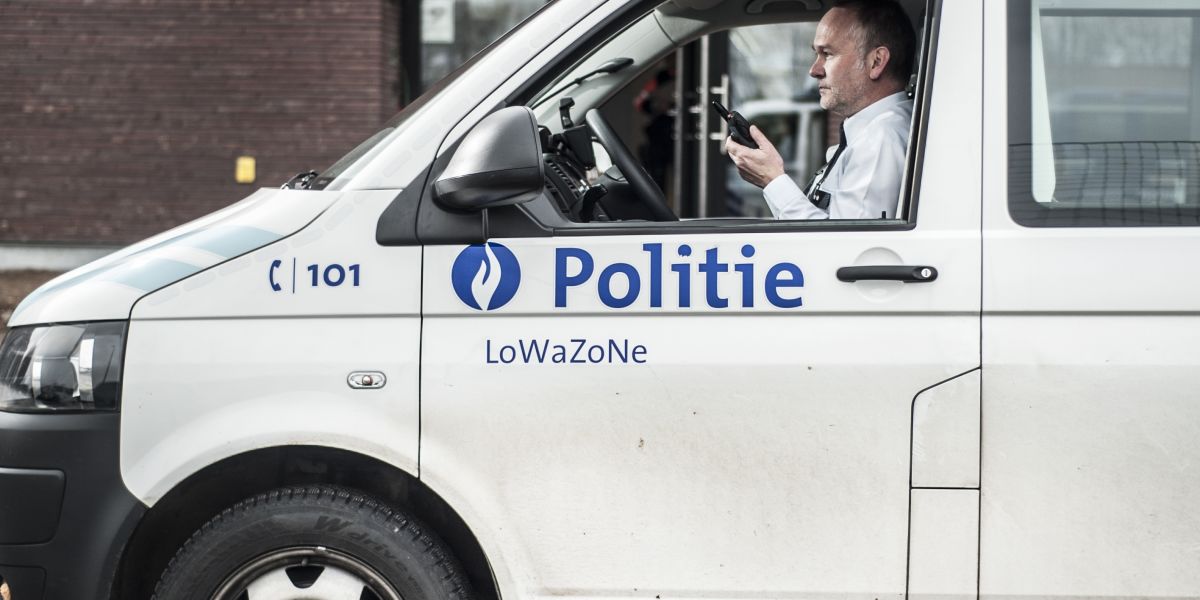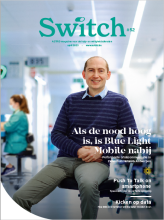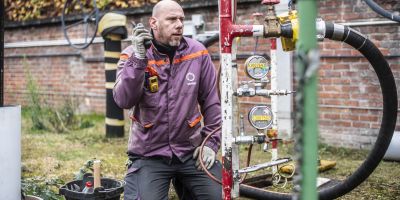ASTRID to remain the partner of public safety services into the future
MESSAGE TO ASTRID USERS AND PARTNERS (5th Oct 2018)

A number of articles circulated in the Belgian press this week that caused some confusion among our users. We would therefore like to clarify some points.
- Firstly, ASTRID will continue as the communications operator for the public safety services into the future, in this case through to 20252030. There will be a gradual changeover from the existing TETRA network to 5G mobile networks. Furthermore, stringent guarantees applicable to private partners have been established in law.
- Secondly, Minister for the Interior Jan Jambon has confirmed the expansion of ASTRID’s services.
- Attached is the minister's response to a question raised in the Belgian parliament.
What will change? Following discussions about future frequencies, ASTRID's role was explicitly set out by the federal authorities in a Royal Decree.
Wide-band network integration
The federal authorities opted to integrate ASTRID into the access network for private mobile operators. For this purpose, safeguards were established with respect to mandatory network extensions. Emergency and security services will have network coverage in many locations where private operators do not offer coverage for commercial reasons. ASTRID will stringently monitor these safeguards, as well as service continuity guarantees during severe storms or power outages.
ASTRID will oversee access rights and ensure the security of emergency communications using additional systems (i.e. an additional network and dedicated backbone network). ASTRID will also meticulously check to ensure that priority access is maintained in the event of network overload.
Ready for the next 20 years
The authorities acknowledge ASTRID's role and have enshrined our remit in regulatory texts. Against this backdrop, Minister Jan Jambon delivered an inspirational speech at the ASTRID User Days, quotes from which include:
"An event such as this is an opportunity to demonstrate our respect and appreciation for your achievements and for the work that you continue to do. I offer my most sincere thanks and wish you every success in the many opportunities and challenges that you will face over the next twenty years."
"Regardless of nature and analytical treatment, the data of individuals, companies or public sector organisations must be shared intelligently with proper consent within a social and legal framework, and must be accessible by our emergency and security services."
"I know that this change is already underway in the ASTRID network."
"ASTRID will accommodate an open technical platform that will handle all incoming data such as video, social media and sensor network data. By doing so, we will move towards a Real Time Intelligence model. Emergency services will therefore be able to manage emergency operations reactively, but also proactively and in some cases preventively."
Review in 11 points
- The existing network for public safety services radio communications uses TETRA technology. Developed in the 1990s, it is still used today by many emergency and security services throughout the world. This will eventually need to be replaced by new technology offering greater bandwidth and with it more possibilities, in particular for video applications.
- The search for technology that could succeed TETRA has been ongoing nationally and internationally for a number of years, with LTE emerging as the most feasible solution. LTE features the same 4G and 5G technology that commercial networks (e.g. Proximus, Telenet and Orange) currently use and will continue to use into the future.
- Existing TETRA technology offers the usual capabilities that the public safety services enjoy at present but which are not integrated into commercial networks. An example of this is group communication, which is heavily used in daily communications but does not operate within mobile traffic. At an international level, we have therefore taken steps to ensure that all functions available in existing TETRA technology are also available in next generation LTE technology. This will not happen overnight; adapting the LTE standard is a long-term, multi-phase process.
- Conversion of the existing TETRA network to LTE would facilitate the subsequent replacement of TETRA with LTE. However, this assumes the development of a new dedicated network and the replacement of all existing base stations and antennae, which is a highly cost-intensive solution and is therefore not the most feasible one. An alternative option involves collaboration with existing telecom operators (Proximus, Orange and Telenet), who have already adopted the new LTE technology on their commercial networks.
- Collaboration with commercial operators would entail entering into service level agreements. We would want to secure at least the same guarantees as those currently enjoyed by public safety services on the TETRA network. This would include the three most obvious guarantees: coverage, priority access and communication service guarantee.
- On the existing TETRA network, ASTRID has sought to provide optimal coverage for the emergency and security services. This means that coverage should be extended not only to densely populated areas, but also to sparsely populated areas that may pose a higher safety and/or security risk. Such areas might include Seveso zones or natural reserves. Commercial networks primarily gear their coverage towards densely populated areas in order to reach the highest number of potential customers. It would therefore be necessary to enter into an agreement with the commercial networks whereby emergency and security services would as a minimum enjoy coverage in locations that are vital to safely carry out their operations. On the one hand, commercial operators would probably need to install additional base stations in some areas. On the other hand, the emergency and security services would benefit from the best possible coverage currently offered by commercial networks in certain locations, when compared with the TETRA network. This may, for example, include improved coverage in built-up areas.
- Our dedicated TETRA network offers excellent priority guarantees. The network is reserved for the emergency and security services, who are its sole priority users. Were we to use the commercial networks alongside millions of other active customers, this would no longer be the case and would require priority service level agreements. Emergency and security services must have priority - at all times and in all locations - for communications that are necessary for operational reasons. This is a prerequisite.
- Other guarantees are also absolutely essential, including security (communications must have adequate privacy protection) and availability (in a power outage, the existing TETRA base stations still receive electricity for between 8 and 24 hours, a period of time that rarely exceeds one hour for commercial networks).
- A large number of agreements must be entered into with commercial operators and we have done exactly this as part of the government’s planned auction of 700 MHz frequencies. Frequencies are required for each network. As the roll-out of a dedicated LTE network is costly and not therefore the best solution, ASTRID did not request dedicated frequencies in the 700 MHz band (which would be essential for a dedicated network), but instead insisted on the necessary guarantees (as detailed above) from commercial operators. Frequencies will be divided among the networks. The emergency and security services will use the networks, but we must acquire the necessary guarantees for them.
- At ASTRID's request, Alexander De Croo, Minister for Telecommunications, and Jan Jambon, Minister for the Interior, enshrined these guarantees in draft Royal Decrees with regard to the auction process, as approved by the Belgian Council of Ministers.
- Should the public safety services, as ASTRID users, be concerned by this issue? Absolutely not. Quite the opposite, in fact. We have ensured that existing communication services for the public safety services will continue well into the future, with a quality of service that is at least equal to and, ideally, better than what they enjoy today. The timing should not be of any concern either. The transition from TETRA to LTE is not imminent; it is estimated that the replacement of the technology will only begin by 2025-2030. In all likelihood, the technology will be phased in gradually, with TETRA continuing to operate alongside LTE.





